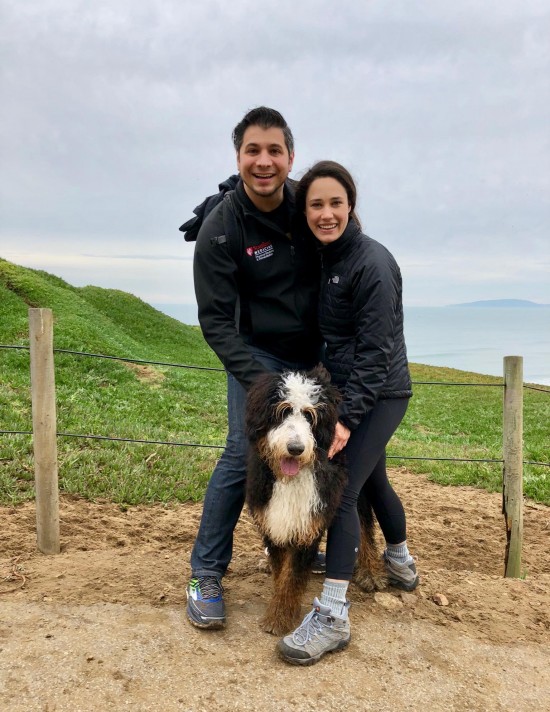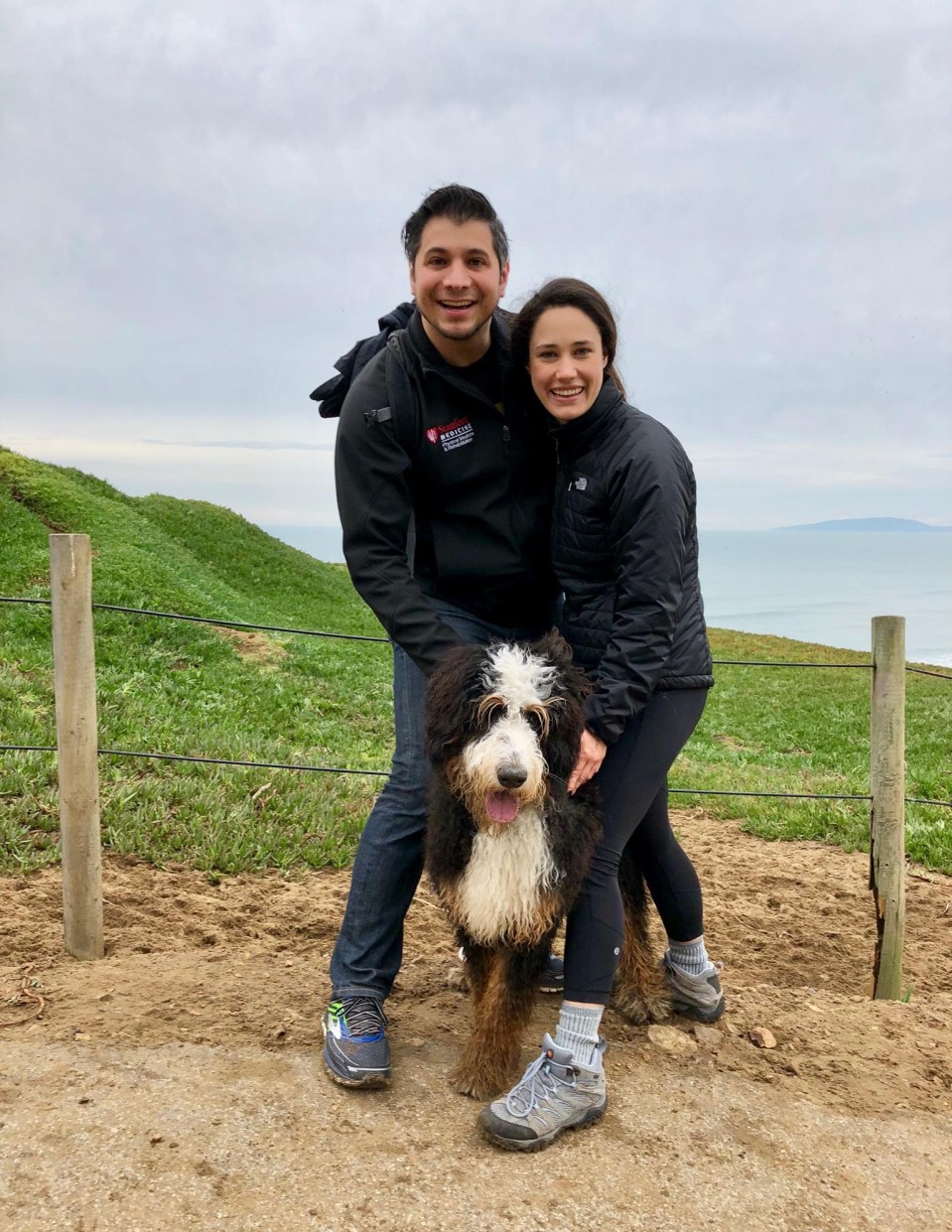Daniel H. Daneshvar ’05
Neuroscientist helps lead conversation on CTE in sports.



In 2009, Daniel Daneshvar was studying neurodegenerative diseases at the Alzheimer’s Disease Center at Boston University when a 6'8" man walked in and altered the course of his work. The man was Chris Nowinski, a former defensive tackle at Harvard University. Also known as WWE wrestler Chris Harvard, Nowinski had recently retired because of concussions.
“He was bouncing around from doctor to doctor,” says Daneshvar. “Everyone told him that his issues were psychological, because there wasn’t much understanding about the relationship between his symptoms [of cognitive impairment] and concussions. I realized how little we understood about what happens to the brain after repeated hits to the head.” So Daneshvar shifted his research focus from Alzheimer’s to chronic traumatic encephalopathy (CTE).
Daneshvar was a coauthor on a major study, published in the Journal of the American Medical Association in 2017, which found that among deceased NFL players’ brains donated by their families, 99 percent had CTE.
The response to this study has been game-changing for athletes from grade school to the top echelons of professional sports. But for Daneshvar, the findings mark a milestone. In 2009, he began to observe links between brain trauma and symptoms of CTE—such as depression, memory loss, aggression, dementia, and cognitive, behavioral, and motor impairment. So he and his BU colleagues focused on the pathologic diagnosis of the disease, which meant getting brain samples from the families of deceased athletes. He hopes his work will lead to improved diagnosis and treatment of brain diseases.
Today, he is a resident at the Stanford University School of Medicine and helps run the largest CTE brain bank in the world, with more than 500 samples. Daneshvar says they are close to diagnosis in a living brain using technologies like PET scans, which would provide opportunities for clinical trials and insights on treating and curing the disease. (See “Looking concussion in the eye,” page 22, for another approach to diagnosis of brain injuries.)
As Daneshvar began researching CTE, he also started the first scientifically validated concussion education program for kids, Team Up Against Concussions, which has taught more than 25,000 student-athletes nationwide about the risks of repeated head injuries.
Recent research indicates that CTE isn’t only a concern for athletes but can affect other populations, such as victims of domestic violence and military veterans. “It includes hits that weren’t even bad enough to cause concussions,” says Daneshvar.